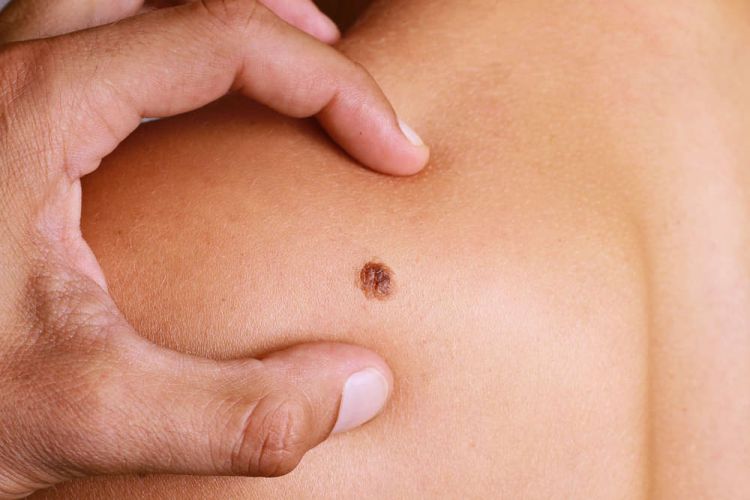We all have moles all over our bodies and most of the time they are nothing to worry about. However, you should be checking your moles in case they become something more sinister, but how do you know what you should be looking for and when you should seek a professional opinion?
In this guide, Skin Inspection, a specialist dermatology clinic in London share their experience on what to look for in a mole and some indications of when you should get it checked.
 Why should you check your moles?
Why should you check your moles?
The moles on your skin are mainly harmless, but if you notice any changes to them or if any new ones appear, then they could be a sign of a type of skin cancer known as melanoma. In the UK this is the fifth most common type of cancer, so it is very important that you look out for the early signs to be able to treat it as quickly and efficiently as possible.
Everyone is at risk of getting skin cancer, but this is greatly increased through things like sunburn. You are also at greater risk of skin cancer if you have fair skin that burns easily, or you tend to expose your skin to the sun. Skin cancer risks are also increased by using sunbeds or if you have a family history. People with more than 100 moles on their bodies will also have an increased risk of skin cancer, as well as those with large moles.
It is important to remember that if skin cancer is spotted early enough then it can be treated relatively easily, and the outlook tends to be more positive.
How to check your moles?
Ideally, you should be checking your skin once a month as this will make it easier to recognise any changes. Make sure you are in good lighting and have a mirror to hand to check hard-to-reach places like your back, buttocks and scalp. If you picture your moles next to a ruler, you can keep track of their size and shape.
You need to keep a lookout for new moles or any moles which have changed in size, colour or shape. Consider the asymmetry of a mole and whether both halves look the same. You should always also check whether the edge of the mole is uneven or blurred, or if there is a mix of different shades or colours within it. Be aware of any moles that are bigger than six millimetres from side to side and any that seem to have changed or grown in any way. Signs such as itching, bleeding on crusting or also a warning.
When to get a mole checked
If you have any concerns about a mole on your body, then you should get it checked by a doctor as soon as possible. You should do this as soon as you notice any changes or if you have become worried about one mole, or the appearance of a new one. Your GP may then refer you to a clinic at your local hospital. Remember, the earlier skin cancer is caught, the better the outcomes are likely to be, so you should always make sure you double check anything that you are concerned about rather than leaving it.
Checking your moles at home will make you more familiar with them, and this can make it much easier to spot any changes or areas of concern quickly. Getting them checked by a medical professional can help to get you the treatment that you need or set your mind at ease so take a look at your moles now and make an appointment if you need to.




